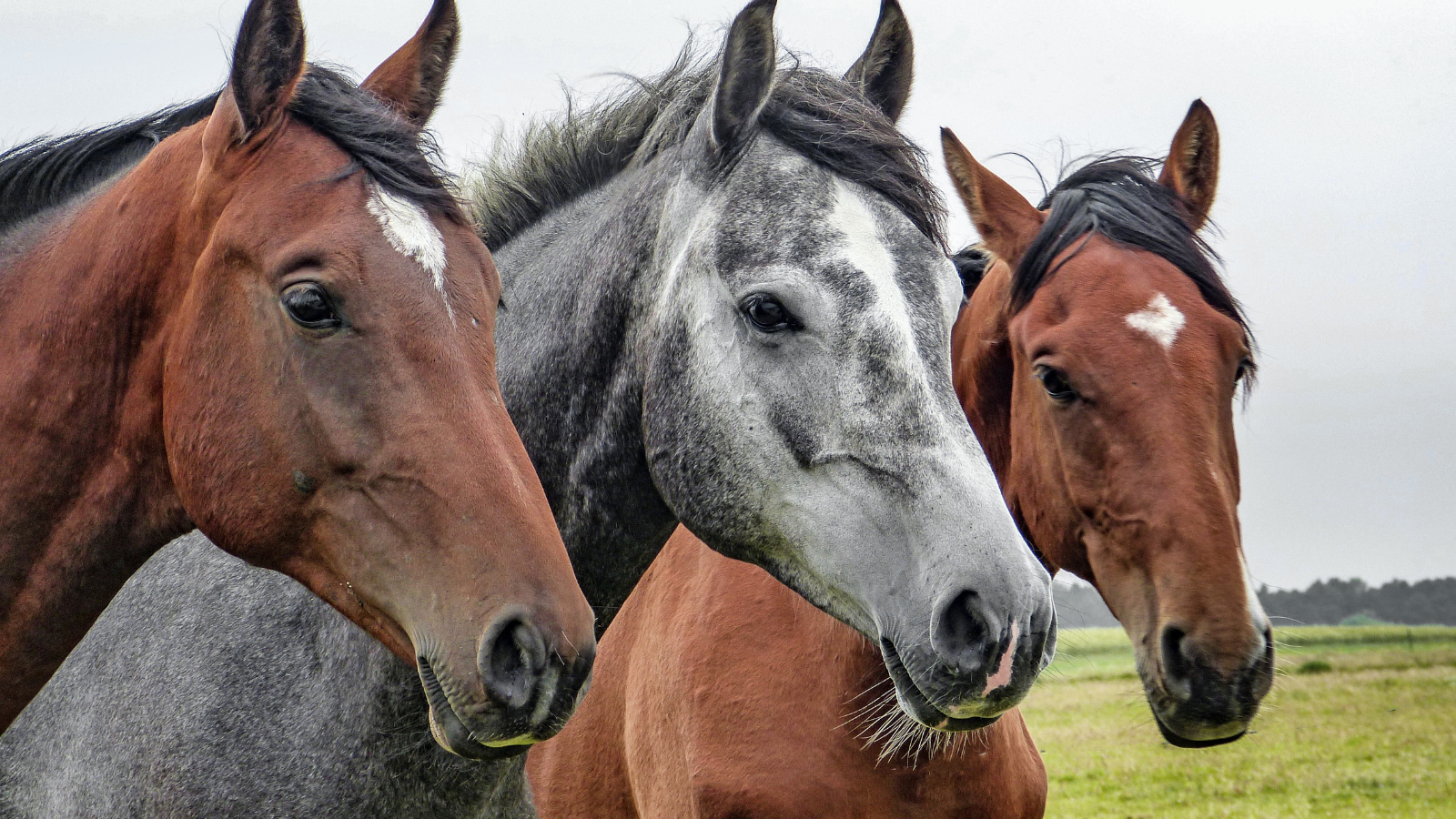Few things are more frustrating or concerning for a horse owner than seeing a once-fluid stride become uneven or painful. Lameness is a performance-limiting issue in horses, and it can arise from many different causes. At Herd Health Management, we believe early recognition and an accurate diagnosis of equine lameness are necessary to protect your horse’s comfort and long-term career.
Is My Horse Lame?
Lameness refers to an abnormal gait or movement, often resulting from pain or discomfort in the limbs, joints, muscles, or hooves. While the signs may be subtle at first, lameness in horses can progress quickly and affect everything from daily comfort to competition performance. Catching lameness early is best in order to avoid more serious outcomes. Your horse may be suffering from lameness if you see:
- Uneven gait or limping
- Head bobbing or “nodding” when moving
- Resistance under saddle or refusal to work
- Favoring one limb or shifting weight
- Swelling or heat in a joint or hoof
- Changes in behavior, such as irritability or reluctance to move
What Causes Equine Lameness?
The source of lameness can vary depending on the horse’s age, discipline, conformation, and workload. These are just a few of the culprits that an equine veterinarian may identify.
Soft Tissue Injuries (Tendon or Ligament Strains)
Injuries to tendons or ligaments can occur in performance and recreational horses. These injuries often present as subtle or intermittent lameness and may worsen with exercise.
Joint Inflammation or Arthritis
Chronic joint stress, especially in older horses or those involved in high-impact sports, can lead to osteoarthritis. Joint stiffness, swelling, or reduced range of motion may occur.
Hoof Abscesses or Imbalances
Hoof abscesses can cause sudden, severe pain but often resolve quickly with proper drainage and care. Long-term issues like poor hoof balance or improper trimming can also contribute to lameness.
Laminitis
Laminitis is an inflammation of the sensitive laminae within the hoof. It’s extremely painful and can become a long-term management challenge.
Fractures or Bone Chips
Fractures can occur in bones of the leg or hoof due to trauma or stress over time. Some are obvious and cause immediate lameness, while others (like chip fractures in joints) may go unnoticed without imaging.
Poor Saddle Fit or Training Strain
Musculoskeletal discomfort can also originate from the back or shoulders due to poorly fitted tack or improper training techniques. Horses may exhibit resistance under saddle, head tossing, or shortened strides. A proper saddle fit evaluation and conditioning adjustments can resolve these cases.
Lameness Diagnosis and Treatment
Pinpointing the exact source of your horse’s lameness requires a systematic approach. If you suspect your horse is lame, schedule an appointment with a veterinarian offering equine services. An equine veterinarian will perform a comprehensive physical exam and gait assessment.
Once the cause is identified, the veterinarian will discuss a treatment plan for equine lameness that may involve:
- Medications
- Joint injections
- Corrective hoof care
- Surgery
- Rest and controlled exercise
- Physical therapy
- Acupuncture or complementary therapies
The goal is always to return your horse to full function, whether that means performance competition, trail riding, or simply living pain-free in the pasture.
Treating Equine Lameness in Gilbert, AZ
Equine lameness is complex, but with the right diagnosis and dedicated management, most horses can recover. Don’t wait to seek veterinary guidance if your horse is showing signs of lameness. Herd Health Management offers diagnosis and treatment for equine lameness in Gilbert, San Tan Valley, Mesa, and neighboring Arizona areas. Let’s get your horse back on track. Schedule an equine lameness evaluation with Herd Health Management.

